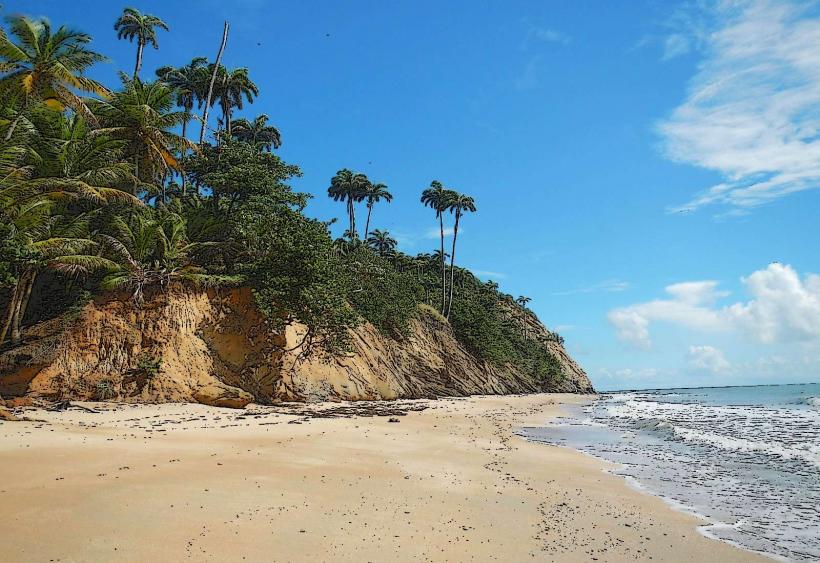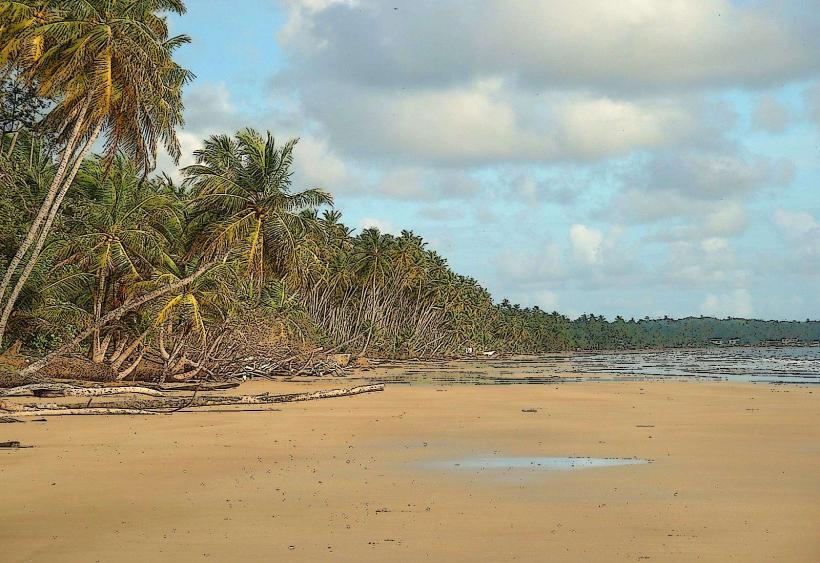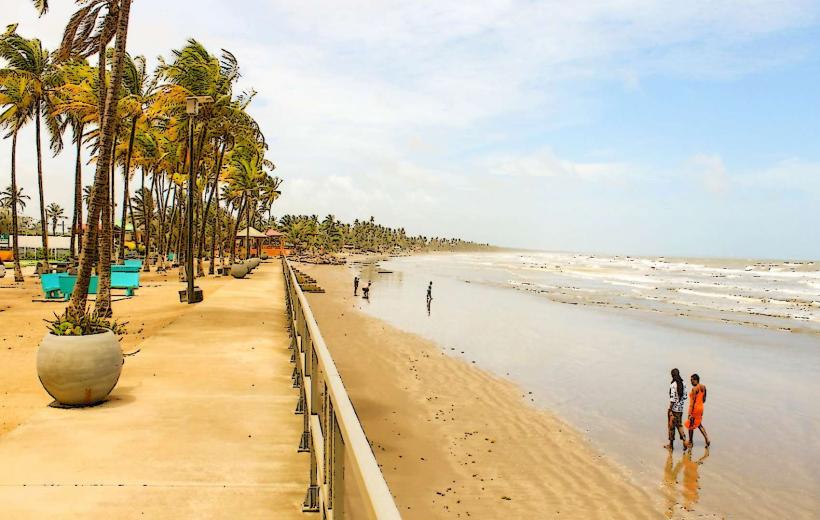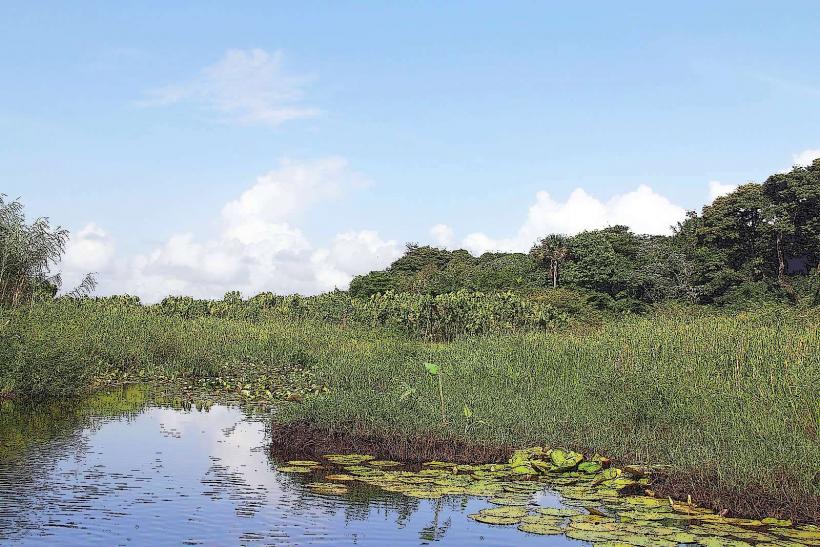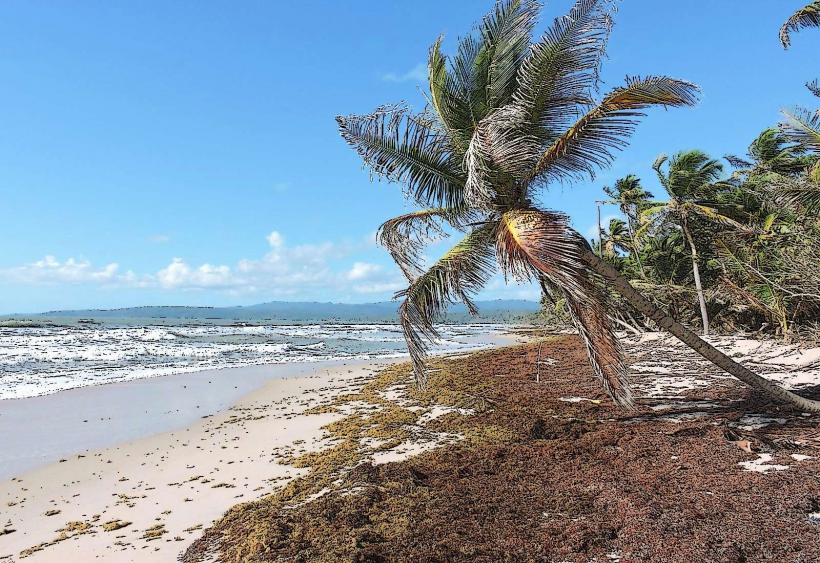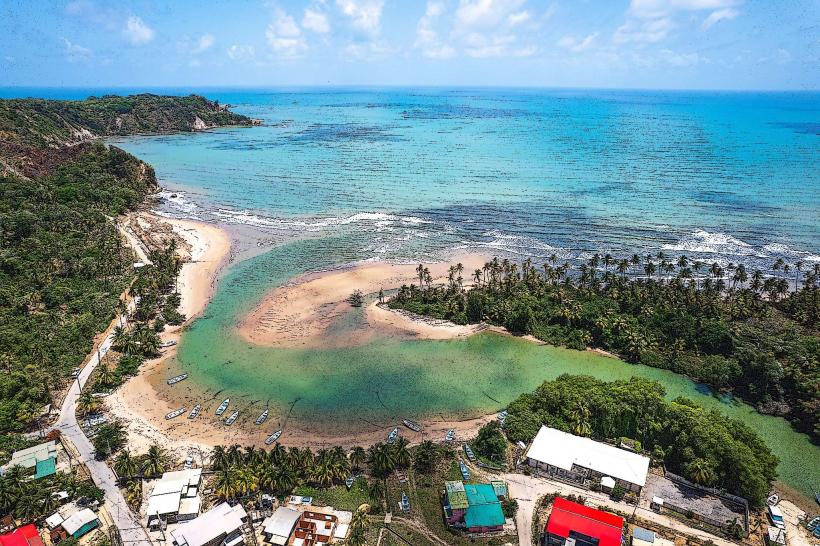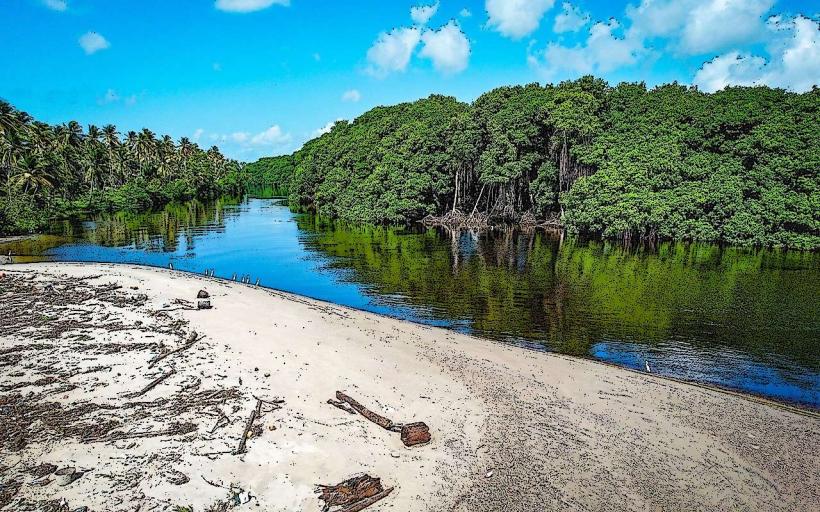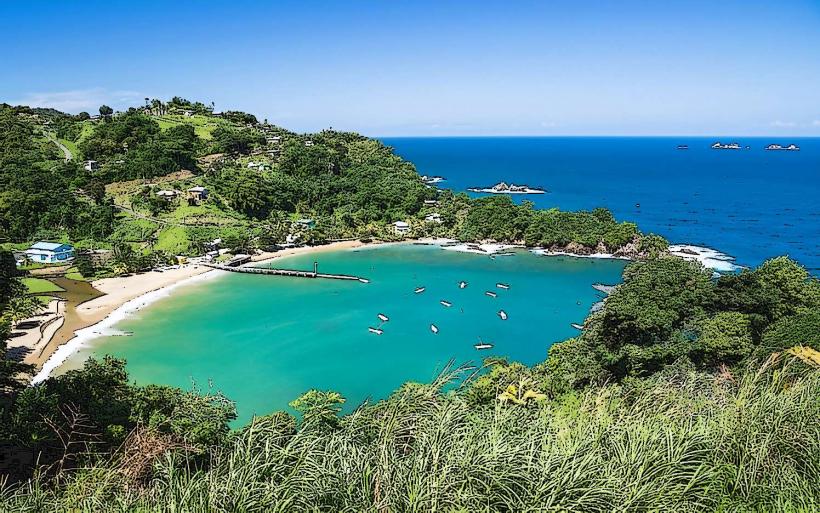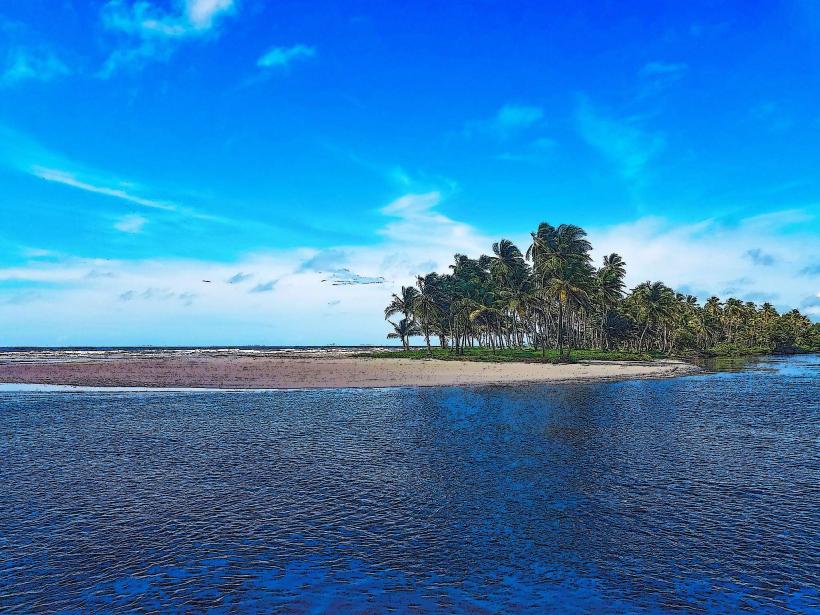Information
Landmark: Mayaro CarnivalCity: Mayaro
Country: Trinidad and Tobago
Continent: North America
Mayaro Carnival is one of the vibrant and exciting celebrations that take place during the Carnival season in Trinidad and Tobago, specifically in the Mayaro region, which is located on the southeast coast of Trinidad. While Mayaro may not be as widely known as the larger Carnival celebrations in Port of Spain, the Mayaro Carnival offers a unique and distinctly local experience, marked by lively festivities, cultural expressions, and community engagement. Below is a detailed overview of Mayaro Carnival:
1. Overview of Mayaro Carnival:
- Celebration Period: Mayaro Carnival takes place during the same time as the national Trinidad and Tobago Carnival, which typically falls on the Monday and Tuesday before Ash Wednesday. The Carnival season generally begins in the weeks leading up to Carnival Monday and continues until Carnival Tuesday.
- Local Flavor: The Mayaro Carnival is a community-driven event that reflects the rich cultural traditions and heritage of the southeastern Trinidad region. It showcases a mixture of African, Indian, and Creole cultural influences, contributing to a diverse and colorful celebration.
- Smaller, More Intimate Celebration: Unlike the grand parades and massive crowds in Port of Spain, Mayaro Carnival tends to be more intimate and community-based. It often has a more laid-back atmosphere, attracting both locals and visitors looking for an authentic, less commercialized Carnival experience.
2. Key Events and Activities:
- J'ouvert: Similar to the larger Carnival celebrations across Trinidad, J'ouvert (the early morning revelry) is a key feature of Mayaro Carnival. This traditional pre-dawn event is marked by people getting covered in paint, mud, or oil while dancing to the rhythms of soca and calypso music. J'ouvert is a time for people to let loose, celebrate, and enjoy the carefree atmosphere of Carnival.
- Street Parades: On Carnival Monday and Tuesday, the streets of Mayaro come alive with colorful parades featuring local masqueraders in vibrant costumes. Traditional characters such as the Midnight Robber, Jumbie (ghosts), and Bacchanal (partygoers) may be seen during these parades. Participants often carry wireless speakers playing energetic soca and calypso music, contributing to the festive atmosphere.
- Steelpan Music: As with many Carnival celebrations across Trinidad, steelpan music plays a crucial role in Mayaro Carnival. Local steelpan orchestras perform on the streets, adding to the festive spirit with their melodic rhythms. Steelpan is an important cultural symbol in Trinidad and Tobago, and its music creates an authentic Carnival experience in Mayaro.
- Calypso and Soca Competitions: Calypso and soca music are central to the Mayaro Carnival experience. Local soca artists and calypsonians perform at various venues, and there are competitions to showcase the best talent in the region. The music often deals with themes such as politics, social issues, and festive celebration, reflecting the diversity and creativity of Trinidad and Tobago's musical culture.
- Costumes and Masquerades: Mayaro Carnival also features masqueraders (those who participate in the carnival costume parade), who wear traditional and creative costumes. Many costumes are designed with cultural significance and showcase the fusion of African, Indian, and Caribbean influences. Some mas bands (groups of revelers in matching costumes) focus on particular themes, while others create colorful, imaginative designs for participants to wear.
3. Cultural Significance:
- African and Indian Cultural Fusion: The Mayaro Carnival is a reflection of the diverse cultural heritage of Trinidad and Tobago. The population in Mayaro is historically a mixture of Afro-Trinidadians, Indo-Trinidadians, and Creoles. This multiculturalism is celebrated through the music, dance, and costumes seen at the event. The fusion of African rhythms, Indian influences, and local folklore creates a rich and unique Carnival atmosphere in the Mayaro region.
- Community and Family-Oriented: The Mayaro Carnival places strong emphasis on family participation and community involvement. Unlike the larger, more commercialized Carnival events in Port of Spain, the Mayaro Carnival often feels more like a family celebration, where locals come together to celebrate in a close-knit environment. This creates a sense of unity and pride among Mayaro's residents and visitors alike.
- Preservation of Traditions: Mayaro Carnival also contributes to the preservation of traditional Trinidadian Carnival customs. Many of the dances, music, and characters showcased during the event have been passed down through generations, providing an opportunity to celebrate and sustain the cultural heritage of the region.
4. Key Features of the Mayaro Carnival:
- Local Participation: One of the key aspects of Mayaro Carnival is that it is heavily community-driven, with significant participation from locals who often organize their own mas bands, music groups, and events. This gives the celebration a very authentic and grassroots feel that attracts those seeking a more personalized Carnival experience.
- Costume Design: The costumes in Mayaro Carnival can range from traditional to modern, with elements of both local folklore and popular culture being incorporated. Many mas bands focus on environmental themes, such as celebrating nature or advocating for sustainability.
- Street Parties and Celebrations: During Carnival Monday and Tuesday, Mayaro comes alive with street parties, panorama-style competitions, and impromptu celebrations along the streets. The energy is contagious as locals and visitors dance and celebrate to the beats of soca music and steelpan.
5. Accommodation and Travel:
- Accommodation: There are several small guesthouses, hotels, and vacation rentals in the Mayaro area for those wishing to stay during Carnival. Many visitors opt for accommodations in Mayaro, while others choose to stay in nearby towns such as Guayaguayare or Rio Claro.
- Travel: The Eastern Main Road is the primary route from Port of Spain to Mayaro. It takes about 1.5 to 2 hours to drive from Port of Spain to Mayaro by car. Maxi-taxis and public transport are available for those traveling by bus, although private transportation is often more convenient during the busy Carnival season.
6. Conclusion:
Mayaro Carnival offers a unique and culturally rich experience for those who visit the southeastern part of Trinidad during the Carnival season. It provides a more intimate and community-oriented celebration compared to the larger festivities in the capital, Port of Spain. With its fusion of African, Indian, and Creole cultural influences, traditional costumes, and vibrant soca and calypso music, the Mayaro Carnival is a celebration that captures the spirit of Trinidad and Tobago's diverse heritage and festive energy. For those looking for an authentic and immersive Carnival experience, Mayaro offers a memorable and unique opportunity to participate in one of the island's most cherished cultural traditions.

